Oil on Canvas
Provenance: Private Collection of a Belgian noble family
The painting is placed in the circle of ANTOINE PESNE and depicts the Prince of Prussia AUGUST WILHELM.
Prince Augustus Wilhelm of Prussia (German: August Wilhelm; 9 August 1722 – 12 June 1758) was the son of King Frederick William I of Prussia and a younger brother and general of Frederick the Great.
Augustus was the second surviving son of Frederick William I and Sophia Dorothea. His older siblings included Wilhelmina (later Margravine of Bayreuth), Frederick II (later King of Prussia), Friedrike Louise (later Margravine of Ansbach) and Louisa Ulrika (later Queen consort of Sweden).
Augustus was favored by his father over Frederick and was popular at the Prussian court. When his brother Frederick became king in 1740, Augustus became heir presumptive and moved into Frederick's former residence, the Crown Prince's Palace in Berlin. When his elder sister Louisa Ulrika married the King of Sweden in 1744, she founded the Ordre de l'Harmonie, of which Augustus was one of the first recipients.
Augustus served his brother as a general in the War of the Austrian Succession and distinguished himself at the Battle of Hohenfriedberg. But in the Seven Years' War, because of Zittau's fatal retreat during the Battle of Kolin in 1757, he incurred the wrath of his brother the king and retired from the army. This conflict between the two brothers led to a correspondence, which was published in 1769.
Antoine Pesne (Paris, 29 May 1683 – Berlin, 5 August 1757) was a French painter active in Prussia. He was considered one of the major exponents of the late Baroque and Rococo.
Born in Paris, he studied art with his father, Thomas Pesne, and his maternal uncle, Charles de La Fosse. His works were influenced by other major French painters of his time such as Hyacinthe Rigaud and Nicolas de Largillière. He also traveled to Italy, particularly to Rome, Naples and Venice where he studied works by Titian and Paolo Veronese together with Andrea Celesti.
In 1710 he was called to Berlin by the King of Prussia Frederick where, from 1722, he worked as director of the Academy of Arts, mainly portraying members of the Prussian nobility and decorating buildings such as the castles of Rheinsberg, Charlottenburg and Sanssouci.
THE WORK WILL BE SHIPPED INSIDE A WOODEN BOX AND WILL BE ACCOMPANIED BY A CERTIFICATE OF AUTHENTICITY





















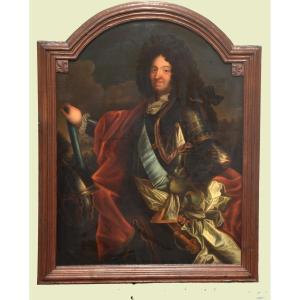
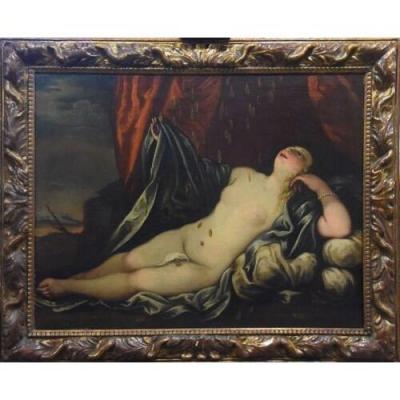


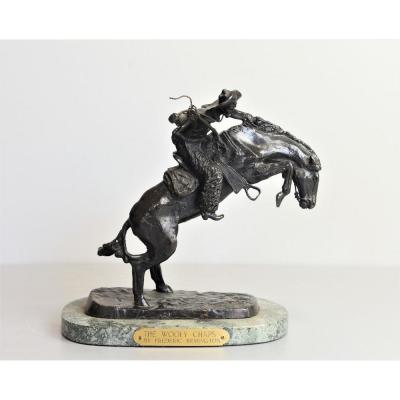
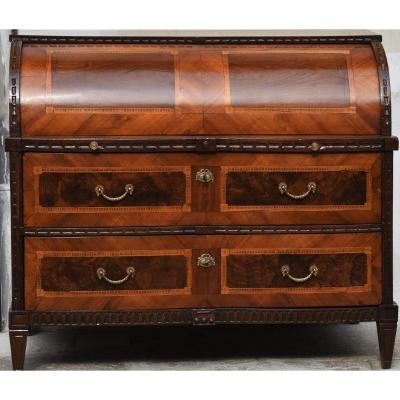

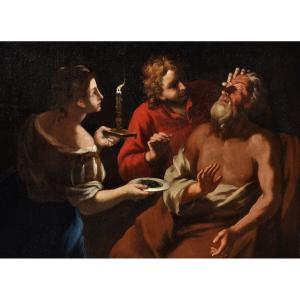


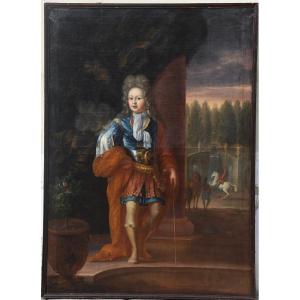
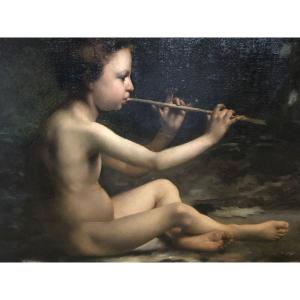

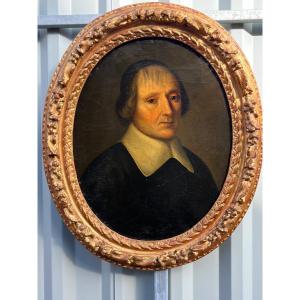






 Le Magazine de PROANTIC
Le Magazine de PROANTIC TRÉSORS Magazine
TRÉSORS Magazine Rivista Artiquariato
Rivista Artiquariato